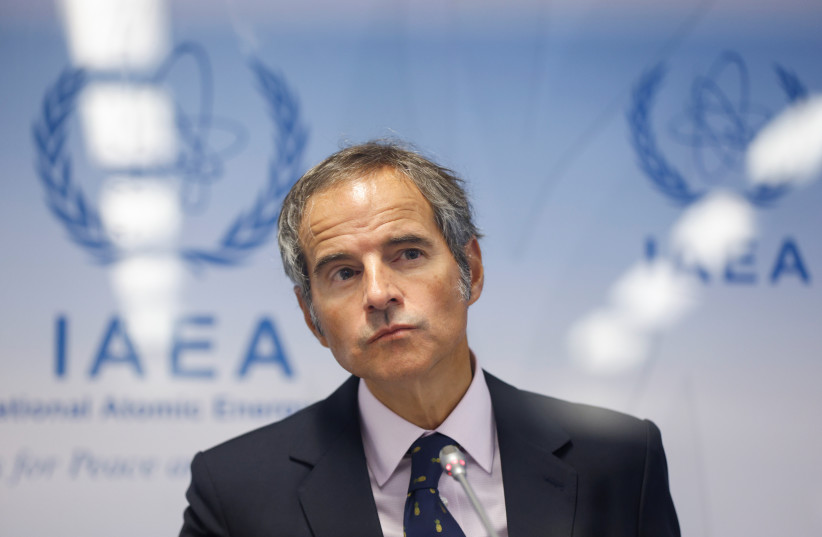Iran has escalated its uranium enrichment further with the use of advanced machines at its underground Fordow plant in a setup that can more easily change between enrichment levels, the UN atomic watchdog said in a report on Saturday seen by Reuters.
Although technically the latest escalation by Iran is not as serious as some of its previous enrichment moves, the signaling made it unmistakable that the Islamic Republic is still eyeing confrontation with the West in the nuclear standoff over an immediate negotiated compromise.
Western diplomats have long expressed concern about the devices with which this cascade of centrifuges is equipped. The use of these so-called modified sub-headers means Iran could switch more quickly and easily to enriching to higher purity levels.
While Iran is required to inform the International Atomic Energy Agency about such a switch, if it chose not to, it might escape detection for some time, as there is currently a lag between Iran’s enrichment and IAEA inspectors’ verification of what is produced.
“On 7 July 2022, Iran informed the Agency that, on the same day, it had begun feeding the aforementioned cascade with UF6 enriched up to 5% U-235,” the confidential report to IAEA member states said.

UF6 refers to uranium hexafluoride gas which is fed into centrifuges to be enriched.
In a report on June 20 also seen by Reuters, the IAEA said that months after Iran informed it of its intention to use the cascade, it had begun feeding UF6 into it for passivation, a process that comes before enrichment.
The agency verified on July 6 that passivation had ended, Saturday’s report said.
“On 9 July 2022, the Agency verified that Iran had begun feeding UF6 enriched up to 5% U-235 into the cascade of 166 IR-6 centrifuges with modified sub-headers for the declared purpose of producing UF6 enriched up to 20% U-235,” it said.
Iran is already enriching to up to 60% elsewhere, well above the 20% it produced before its 2015 deal with the world’s major powers that capped its enrichment level at 3.67%, but still below 90% weapons grade.
A jump to 90% weapons grade would be a new signal that Tehran might be seeking to become a nuclear threshold state or to develop a nuclear weapon. Iran’s avoidance of such a move has helped keep up hopes that it still may want to cut a deal.
The latest move by the Islamic Republic is one of many steps to breach and move well beyond the restrictions which the 2015 deal imposed on its nuclear activities. It comes as talks to revive that deal are at an impasse and Western powers have warned time is running out to reach an agreement.
The United States pulled out of the deal in 2018 under then-President Donald Trump, re-imposing sanctions against Tehran that the deal had lifted when the regime refused to address holes in the deal related to ballistic missile testing, sponsoring terror and unexplained aspects of its nuclear weaponization past.
A year later, Iran began retaliating by breaching the deal’s restrictions.
